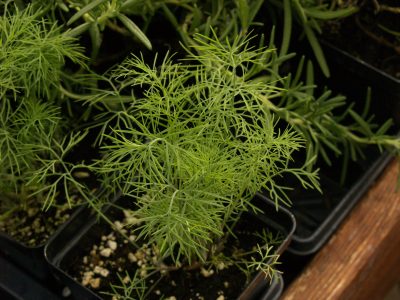Why are my xeric plants rotting after the rain?
After recent rains, some of our xeric plants like senna, artemisia, and yuccas—among many others–fell over, split apart, or just flat rotted.
Drought tolerant plants are the choice these days, since they can withstand our lengthy periods of little rainfall with low supplemental water.
But this situation offers me the opportunity to talk a little about the key to success with drought tolerant species, and that’s soil. If you live in an area with heavy clay soil, and many of us do, low-water-use plants will struggle when we actually have rainfall.
Many of these species are native to desert regions, where the soil is very porous. So in their native environment, even if it rains, the soil doesn’t hold water for long. But that’s not true of our clay soil, which holds water for a very long time.
And if desert species, which are adapted to very dry conditions, stay wet for too long, they will rot and fall over. Artemisia, Senna, Cassia, Agaves, and Yuccas are just a few of the plants that suffered in the recent deluge that brought almost 13” of rain to Central Austin. That’s just too much water for most desert species to handle.
If you can, build berms or raised areas in the garden for desert, drought-tolerant species. And use very sandy, porous soil to amend those planting beds. Raising the roots out of the heavy clay soil helps to keep them a little drier.
It’s a great idea to move to more heat and drought tolerant species, but we need to understand how to change the entire landscape to better mimic the natural environment of these plants. Building berms and swales, to channel the water away from certain areas of the garden and into others, will go a long ways towards insuring the success of low-water use species.
One viewer asked if he could pull his Senna back up, tie it together and get it to recover. Sadly, no, this won’t work.

 Carla Jean Oldenkamp
Carla Jean Oldenkamp John Gambini
John Gambini Daphne Richards
Daphne Richards
 John Dromgoole
John Dromgoole